Here, you can find ways to get relief on your own from trigger points in the coracobrachialis. Typically, this includes pain in the front of the shoulder as well as pain in the back of the upper arm, forearm, and hand. In this other post, you can read more about how people describe this pain and the activities that typically create the problem. You can usually get lasting relief with the recommendations below.
Activities To Avoid or Change:
The coracobrachialis pain pattern triggers with activities where you reach behind your back, like fastening your bra or tucking in your shirt. Some people have adapted by snapping their bra in the front and turning it around. For shirts, typically, they just pull their trousers over their shirt instead of tucking it in.
Reaching into the Back Seat
Another classic problem is reaching into the back seat to tend to a child. It hurts even worse to reach over and lift a bag out of the rear floor with the arm stretched backward. People with this issue end up handing their bags to the passenger or storing them on the front floorboard. In tennis, this same motion activates this trigger point during a reaching forehand or overhead shot. It is less of a problem when you’ve warmed up or are wearing a patch.
This trigger point also bothers people who pick things up with their arms outstretched. You can reduce pain by keeping your elbows close to your side while lifting.
Throwing
Throwing can really hurt. Like the tennis forehand, a quick, jerky, accelerating motion aggravates the trigger point. Avoid that. If it is a part of your sport and you need to continue, see a therapist and get it fixed before seriously injuring yourself.
If you’re a dog owner, you can get one of these throwing thingies on Amazon. A ball launcher is particularly handy because it also picks up the ball, so you don’t have to bend over. That can save the low back too.
By the way, look at how her elbow is forward of her shoulder and not very high. This is the classic adaptation when this trigger point is bothersome.
For Temporary Relief:
Pain Patch
A small pain patch on the inside of the upper arm helps if the situation is really chronic. Unfortunately, you can’t put cream here as it aggravates the under-arm, so the patch is your better option.
Truthfully, people instinctively adapt to keeping their arms close to their side. So most don’t bother with a patch or temporary relief. However, some people must reach up and back to throw, hold a handle on public transportation or ring the church bells. In those cases, a patch helps.
You can pick them up at most drug and grocery stores. They are also available on Amazon.
These self-care activities, like over-the-counter drugs, are not intended to replace appropriate medical attention. If you have concerns about these self-care activities, get help from a professional. Use these suggestions and strategies with discretion and at your own risk. See your doctor when your pain is severe, persistent, or not responding to these simple suggestions.
Stretches and Exercises for Longer-Lasting Relief:
These doorway stretches help. Start with your arms in the lower position and gently work your way up. Again, be gentle and avoid using the door frame to assist too much. Ice-and-stretch opens this area and reduces any soreness that may come from pressing into the frame too enthusiastically.
I’d love your feedback on how this works for you and any suggestions you might have.
Email me at integrativeworks@gmail.com.
Yoga Corner
Chest openers like locus pose, camel, and backbends stretch the coracobrachialis by taking the elbow away from the collar bone. They will produce that “good stretch feeling” as the trigger point creates a gentle referral on the stretch.
Poses that Hurt
Poses like downward dog, planks, and upward-facing dog use this muscle to stabilize the pose. They are more likely to produce pain, especially when the practitioner is unstable or struggling with fatigue. They will be less likely to have pain when the muscle is warm and stretched out from those chest openers.
As well, hand balance poses tend to aggravate this muscle. Often it is overlooked as the source of pain. Instead, practitioners tend to look at wrist and elbow problems because the pain focuses on the forearm and hand.
Support Integrative Works to
stay independent
and produce great content.
You can subscribe to our community on Patreon. You will get links to free content and access to exclusive content not seen on this site. In addition, we will be posting anatomy illustrations, treatment notes, and sections from our manuals not found on this site. Thank you so much for being so supportive.
Cranio Cradle Cup
This mug has classic, colorful illustrations of the craniosacral system and vault hold #3. It makes a great gift and conversation piece.
Tony Preston has a practice in Atlanta, Georgia, where he sees clients. He has written materials and instructed classes since the mid-90s. This includes anatomy, trigger points, cranial, and neuromuscular.
Question? Comment? Typo?
integrativeworks@gmail.com
Interested in a session with Tony?
Call 404-226-1363
Follow us on Instagram

*This site is undergoing significant changes. We are reformatting and expanding the posts to make them easier to read. The result will also be more accessible and include more patterns with better self-care. Meanwhile, there may be formatting, content presentation, and readability inconsistencies. Until we get older posts updated, please excuse our mess.

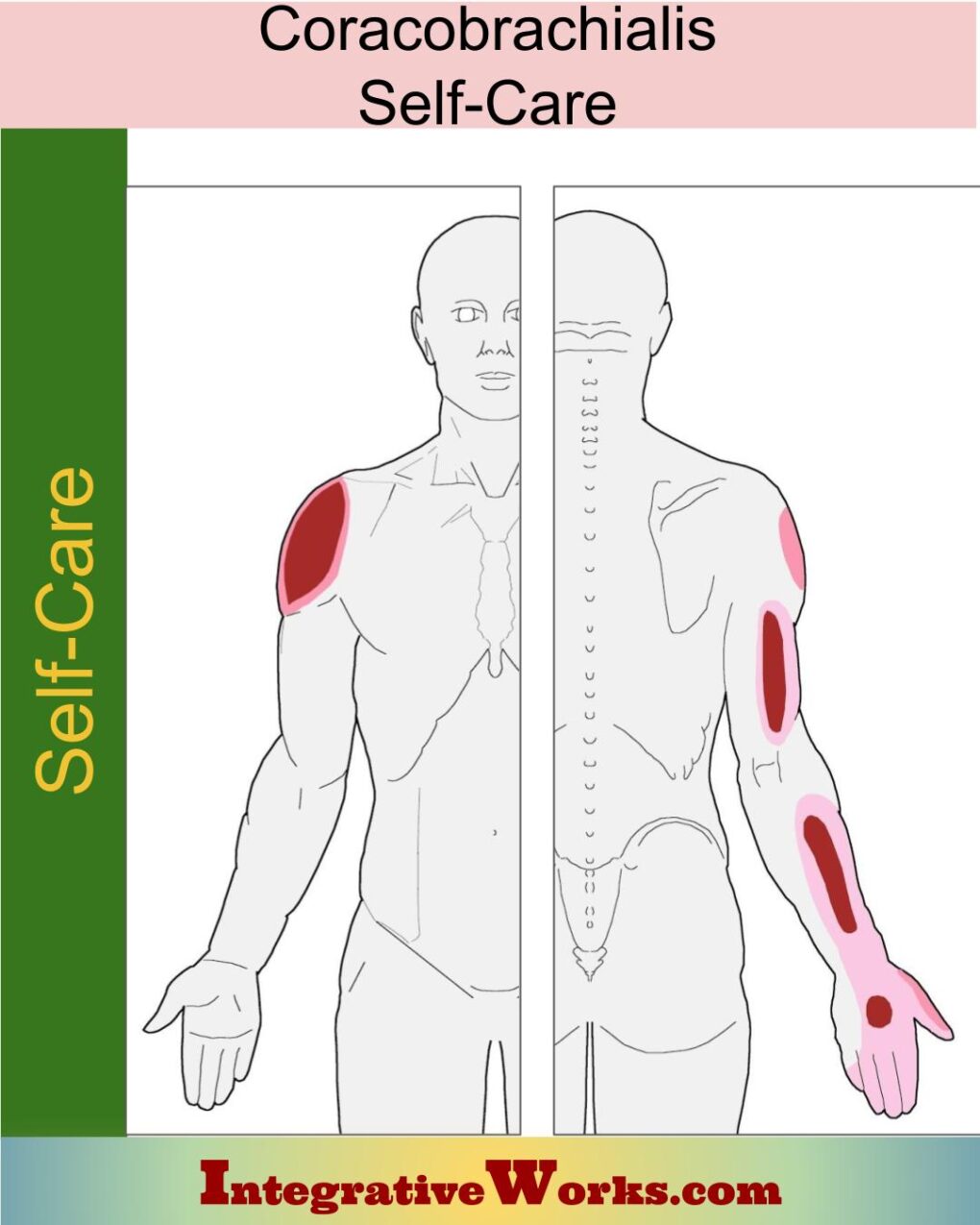
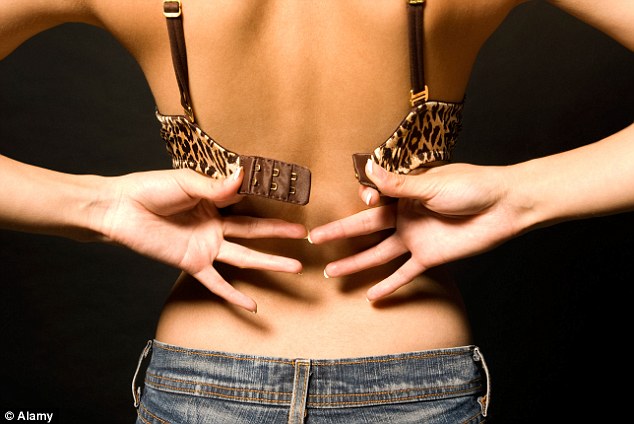
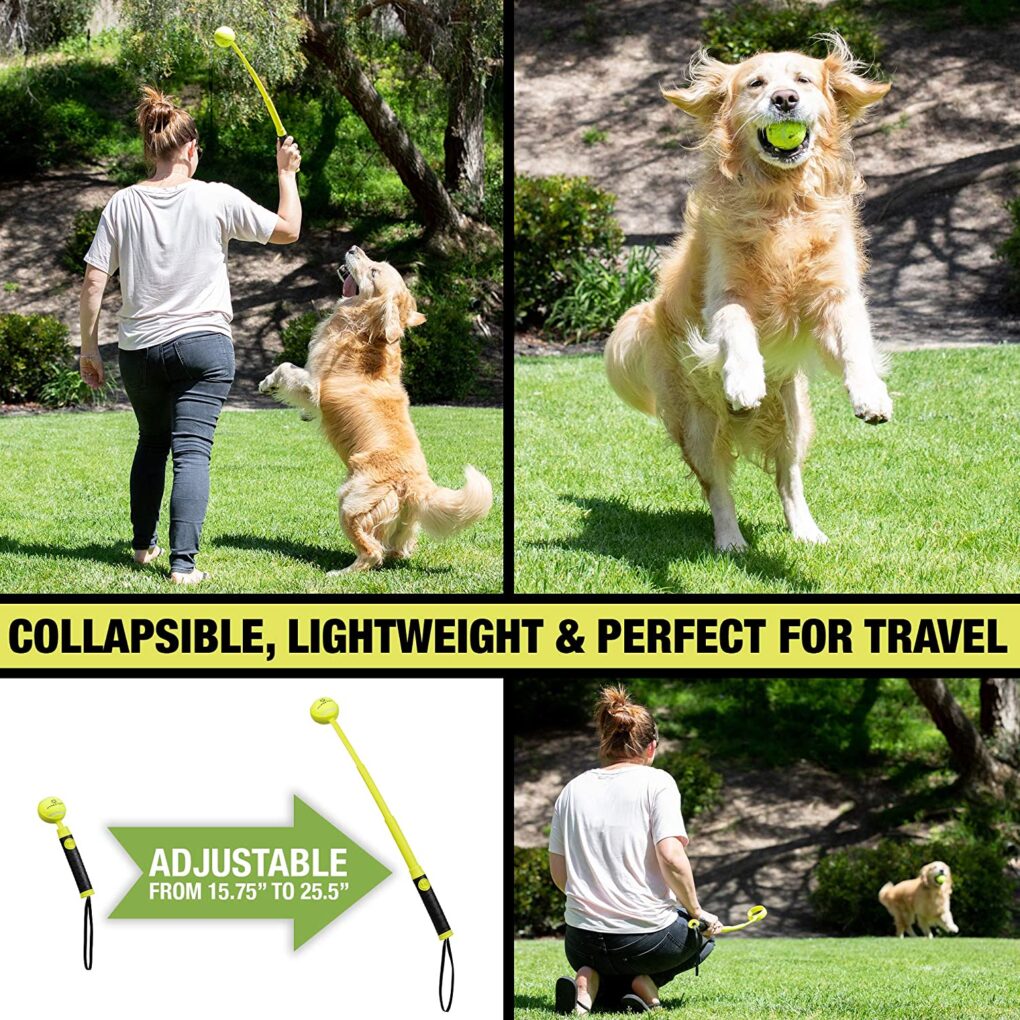
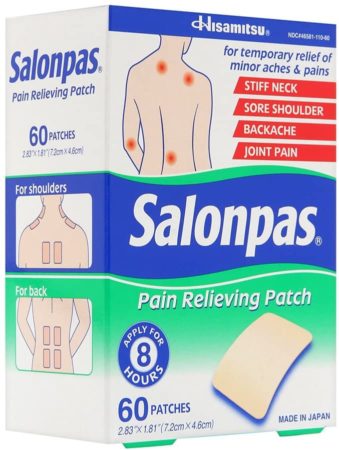
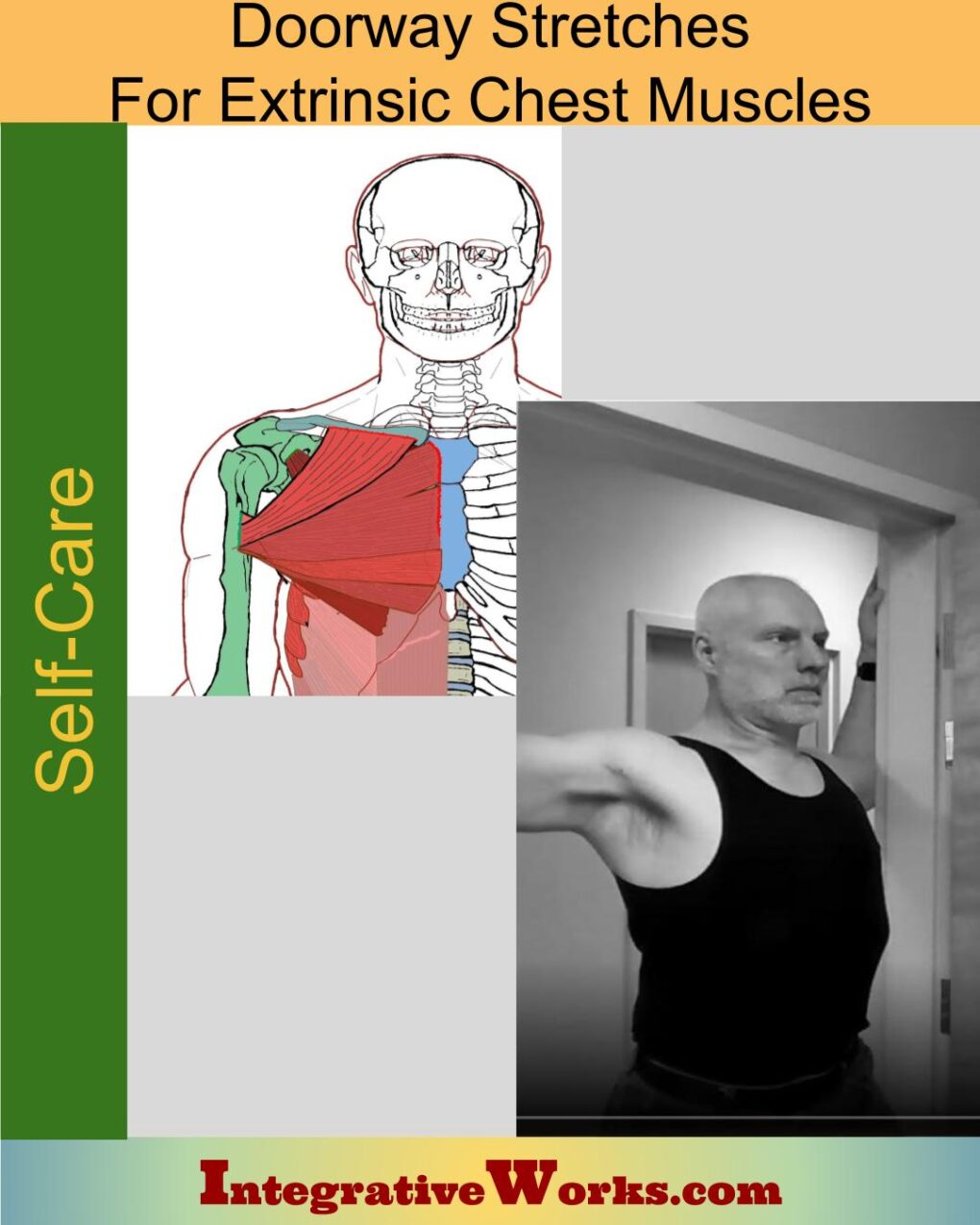
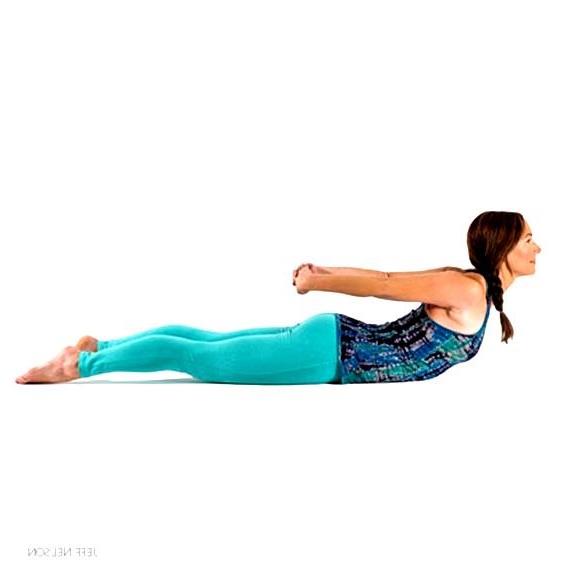

Pingback: Coracobrachialis - Massage Notes - Integrative Works
Pingback: Pain when pitching or reaching behind your body - Integrative Works